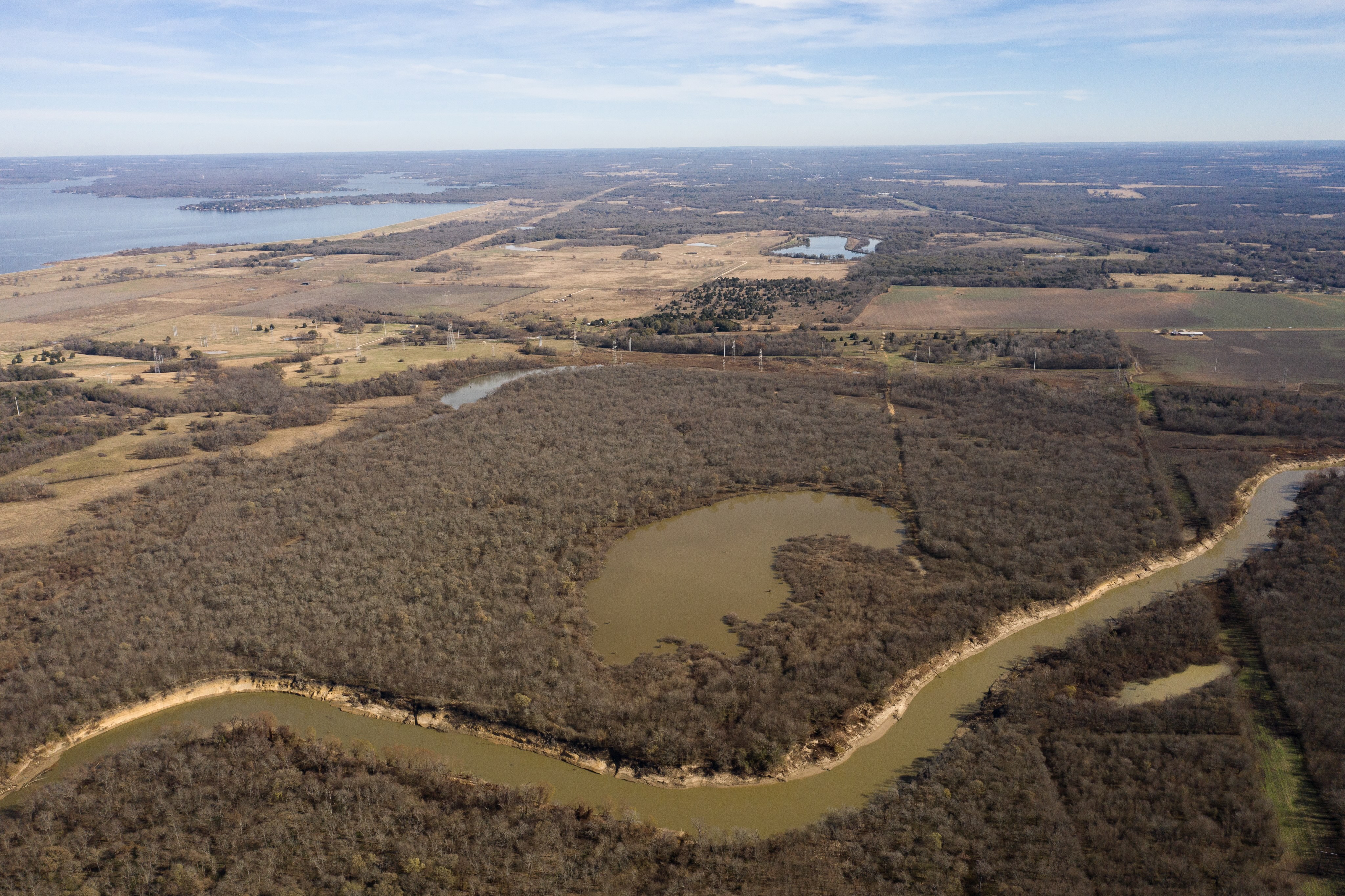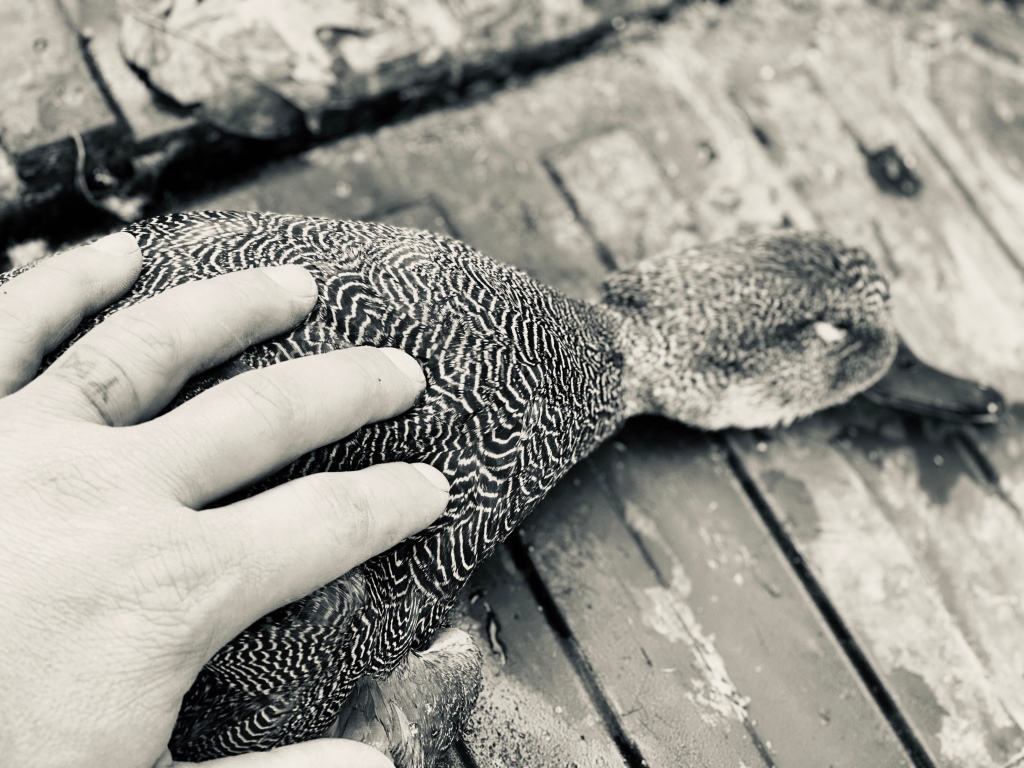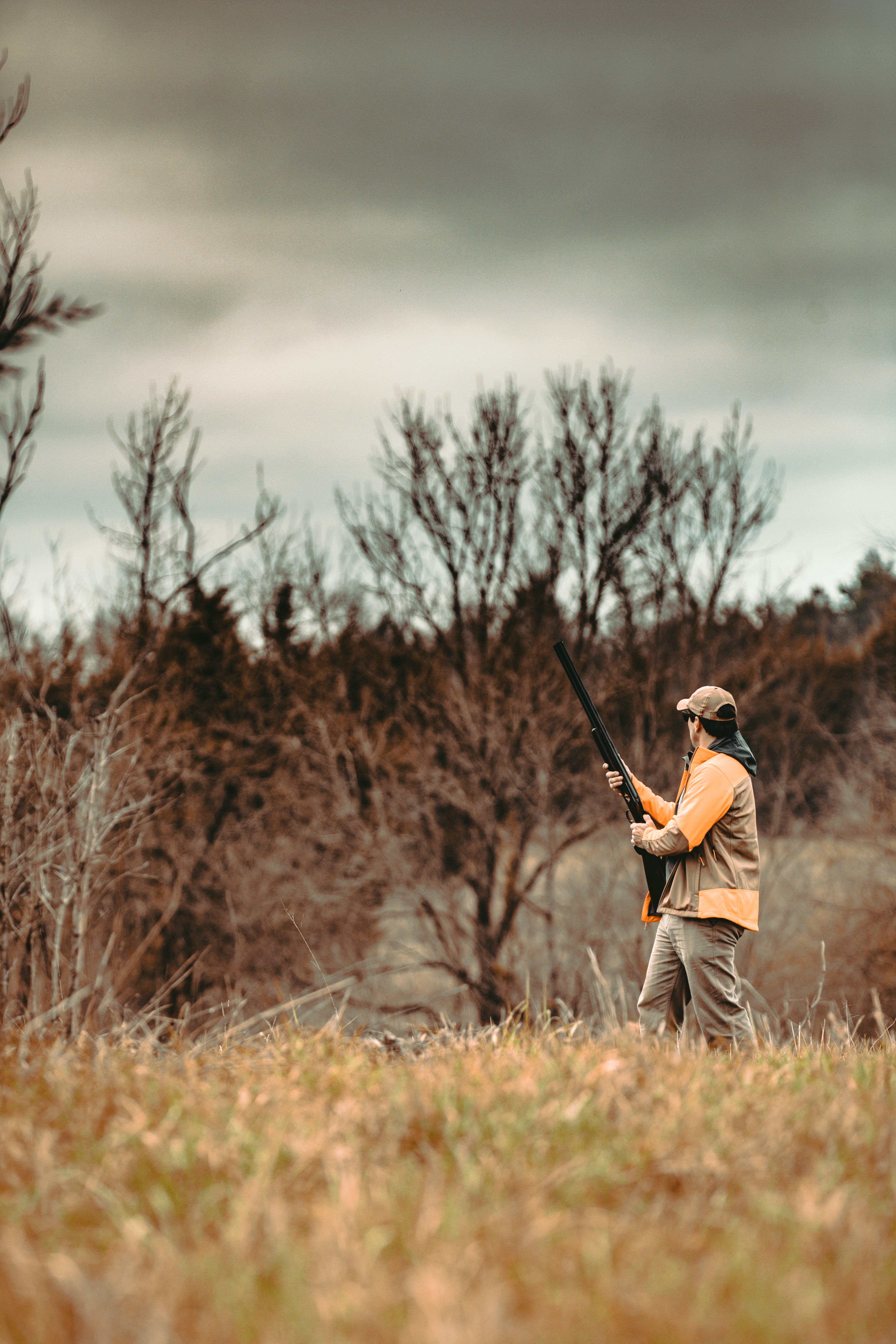
During the last year, I had the opportunity to get to know an individual who had lived on this earth for 101 years. Her name was Mae, and she was a wife, mother, grandmother, great-grandmother and active community volunteer well into her 90s. She helped raise her four grandchildren who grew up in a single parent home, and remained devoted to them through their adulthood. When this lady came into my life, I felt incredibly fortunate for the chance to learn from her about all the things she’d experienced, and what American life was like in the early 20th century. One of the first things I wanted to know was what she remembered about the Great Depression and World War II. She remarked that if she had a nickel for every time she’d been asked about those two events, she’d be sitting pretty. Some parts of history are so fascinating, that we can’t help but be intrigued by people who lived through them. I had no idea at the time that I would soon be living through one of those historic periods. Years from now, our grandchildren and great-grandchildren will ask us what it was like to live during a pandemic.
This experience has served to deepen my understanding of human nature, and provided some fascinating insight into the culture of modern American society. These challenging days are demonstrating just how much we need and depend on one another. The difficulty of living distanced makes it incredibly apparent how we are meant to live as a community. Our lives are so interconnected, that forcing them apart disrupts every aspect of our day-to-day experience. This interconnectedness is the way of nature, and is reflected in every other biological community on earth. In science, this is referred to as the ecosystem. The hallmark of an ecosystem is the connection and interdependence between each organism within. From food web relationships between predator and prey, to the impacts life activities have on the landscape, there is connection everywhere. Everything that occurs in an ecosystem affects everything in it.
This perspective is highlighted in a troubling way through the spread of a highly contagious virus. It has thrown our interconnectedness into a different light, and can make it feel like a weakness. But the story we have to tell our grandchildren about how we lived through this historic time is ours to write. An ecosystem perspective allows us to consider situations that may seem negative on the surface, with an understanding that everything is working together for the greatest good.
As a company, our ecosystem is broad, and reaches through our families and friends, to our colleagues in the conservation field, to the families who purchase properties from us, to the land itself where we develop habitat and the all the living things that dwell there. Everything we do matters, to everyone and everything in our ecosystem. Our impact is multiplied by the ripple effect our work has on people and resources. Through all the stories and lessons Mae shared with me, the common thread was her connection with people. The relationships she cherished and nurtured, and the lives she touched, were always what she remembered most. This is the most hopeful truth that we can glean from these trying times, that our connection is our greatest strength. Collectively, we hold the power to see ourselves through to the other side, and tell a heartening story to the generations to come.





















